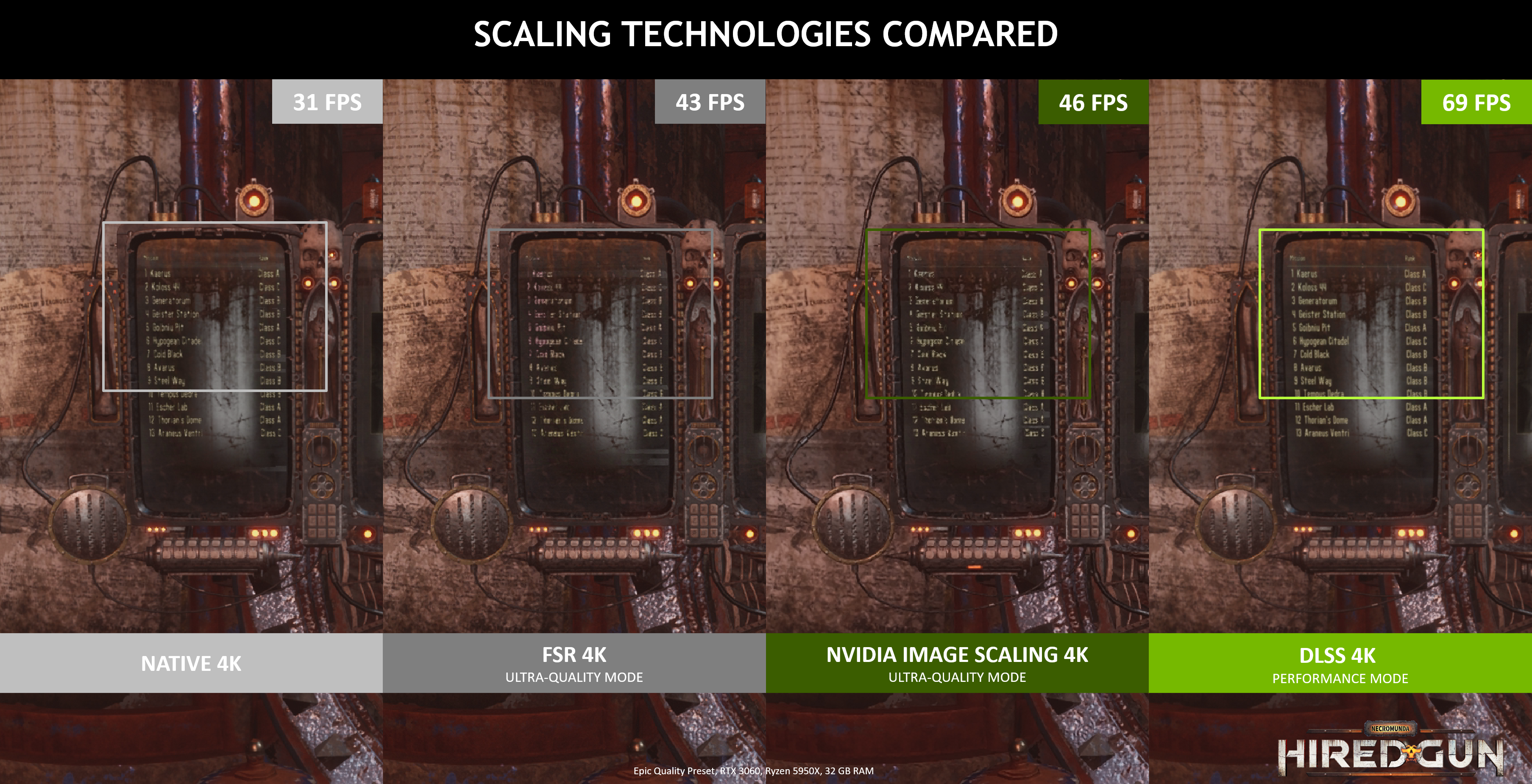Nintendo does care about third parties. they just care about their ideas first, and then try their best to accommodate third parties. the good thing is that because hardware has homogenized, they are more capable of doing both without expending one or the other
Nintendo really only cares about 3rd party games that are unique to Nintendo systems and congruent with Nintendo games.
They do not care about modern multiplats that are currently popular on other consoles (xbox/PlayStation)
They have said as much in the past.
They will not lift a finger to ensure they get a port of a popular multiplat game. They would like it, but they don’t actively change any of their goals to get it.
Miyamoto even says 3rd party games on Nintendo are only worth it when there is a back and forth between Nintendo and the other developer to make the game unique to Nintendo machines.
Microsoft and Sony absolutely shape their hardware decisions and 1st party software decisions to entice AAA multiplats to their machines. Nintendo doesn’t. They don’t give a shit like the other two cause their revenue/profit isn’t driven by that like the other two.
So, when someone says Nintendo doesn’t care about 3rd parties, this is very true if looking at a specific context. When people talk about this topic, it’s usually about the 3rd party support Nintendo rarely gets (ie major day and date release multiplats that are very popular on Xboxes and PlayStations)
Nintendo made a point of showing TES5-Skyrim and NBA 2K games upon the Switch reveal, THEN a big list of partners
I argue they use certain 3rd party games as examples of how their new system might be different than before.
Skyrim…you are talking about a 6 year old game. The uniqueness was showing how a major pc/Xbox/ps type game can be played on the go. Same with NBA 2k.
Oh look! These games you usually associate with other platforms? Look how powerful the portable Switch is! It truly is a Nintendo home console you take with you!
Let’s not pretend Nintendo cares about getting the next elder scrolls game.
THEN had representatives from Sega, Square-Enix and EA at their pre-launch presentation, THEN Miyamoto appeared on stage at Ubisoft's E3 conference.
Yes, Nintendo does actually want to cultivate console exclusives. That’s not the same as caring about ports of modern AAA multiplats.
Nintendo wants the Octopath Travelers and Monster Hunter Rise and Mario + Rabbids and even Zombi U type games. For sure.
But they don’t give a shit about…er, would not lift a finger for…FF16 and Monster Hunter World and Assasin Creed type games.
and It was also revealed that Nintendo consulted multiple publishers during the development of the Switch.
lol yea…ONLY developers looking to make Nintendo console exclusives.
On the Switch, we've seen the return of main entry Final Fantasy and Kingdom Hearts games, as well as Rockstar Games
No we haven’t. We saw half assed ports of supposed remasters of years old series of these games…that’s way different. The draw of portable gameplay for old games is arguable. Publishers are more likely to take a chance on those multiplats. It’s more possible to sell well than not.
Ports of timely, modern games where the majority market choose to play them with the best graphics/performance hardware they can afford? No…publishers usually won’t bother with a Nintendo version of that. The market tends to buy those games on the other 3 platforms that they specifically bought to play such games.
while the likes of Bethesda, CDPR and others appeared on Nintendo platforms, in some cases for the first time.
They were testing the appeal of portable gaming in their multiplats. Just like publishers tested the appeal of FINALLY AN HD NINTENDO SYSTEM of the Wii U with a handful of AAA multiplat ports 2012-2013.
The tests failed. Publishers withdrew when the rewards proved, again, to not be worth the risks.
Wake me up when the next CDPR game appears on a Nintendo machine after that test run of that 4 year old game…
Nintendo also reaffirmed their long-term censorship policy, stating that they don't censor 3rdPs (I'll tell you who does - Sony), to pour fire and holy water on certain (Internet) narratives. Better believe that they want Square Enix's Dragon Quest XII, Capcom's next Monster Hunter title, and a host of JRPGs that were assumed as PlayStation exclusives in the past, but which now see favourable splits on the Switch
This is an example of Nintendo choosing to be less completely inhospitable to 3rd party games…and then thinking they can get games that the ps may no longer get (and the Xbox never got). Vying for games that the Japanese market is turning there PlayStation backs on. I would hardly call this Nintendo bending over backwards to get more 3rd party multiplat support.
- I really don't see how they could be clearer on this, and if you are saying in 2021 that "Nintendo doesn't care about 3rdPs", then either you have been living under a rock since the 80s, or you're a bad faith operator in Nintendo discourse. Or straight-up ignorant of the reality. Or a product of the relentless poison that is the Nintendo Misinformation Machine.
Nintendo doesn’t care about modern, timely major multiplats ports that are usually popular on Xboxes and PlayStations.
That’s an accurate statement. Yes they love the indies support and the ports of decades old series having a remaster resurgence on a portable gaming device…but Nintendo isn’t actively trying to get those games. They are gladly accepting them, but they aren’t doing anything to try and get them.
Nintendo really only cares about unique gaming specific to their hardware


